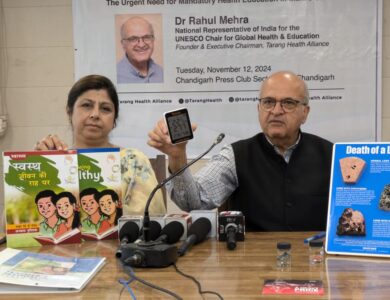An Unequal Burden: Why Women and Children Bear the Brunt of Migraines

Migraines are more than just bad headaches. They are debilitating neurological conditions that affect an estimated 38 million people in the United States alone, according to the American Migraine Foundation. And the numbers are staggering globally, with the Mayo Clinic reporting that 1 in 5 women, 1 in 16 men, and 1 in 11 children experience these intense episodes of throbbing pain.
These attacks can last for hours, even days, and are often accompanied by nausea, vomiting, and sensitivity to light and sound. For many sufferers, migraines significantly impact their daily lives, affecting work, school, and personal relationships.
Unequal Burden: While migraines affect people of all genders and ages, the burden falls disproportionately on women. Hormonal fluctuations are believed to play a role, with many women experiencing migraines around their menstrual periods. Children are also not spared, with the prevalence increasing during adolescence, particularly among girls.
Beyond the Pain: The impact of migraines extends far beyond the physical symptoms. Many sufferers experience and depression due to the unpredictable nature of attacks and the limitations they impose. The financial burden is also significant, with lost productivity and healthcare costs adding up quickly.
Seeking Solutions: Despite the widespread prevalence, migraines remain under-diagnosed and under-treated. Many people suffer in silence, unaware of available treatment options or reluctant to seek help due to stigma. However, there is hope.
A Glimmer of Light: Research into migraines is ongoing, leading to the development of new and improved treatments. Preventive medications, lifestyle changes, and stress management techniques can all help reduce the frequency and severity of attacks. Additionally, increasing awareness and breaking down stigmas are crucial steps toward better management and support for those living with migraines.
Call to Action: Migraines are a serious medical condition affecting millions worldwide. By raising awareness, encouraging open communication, and supporting research, we can create a brighter future for those living with this often-invisible struggle.








